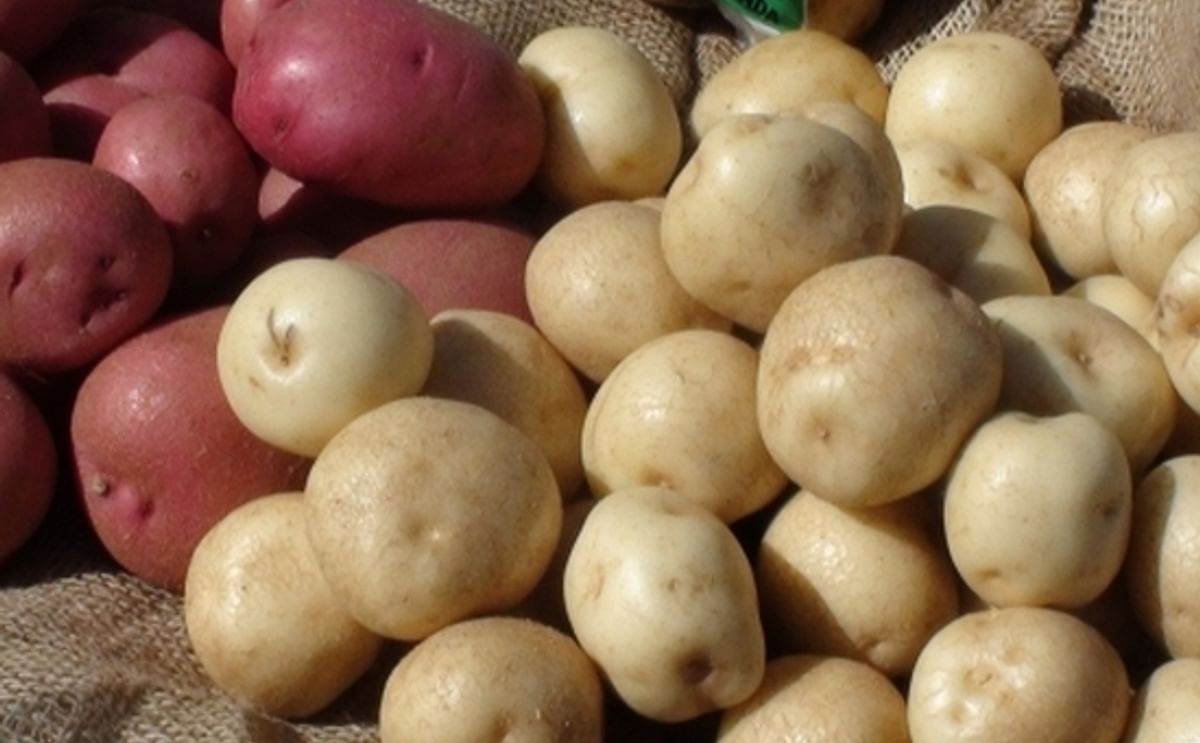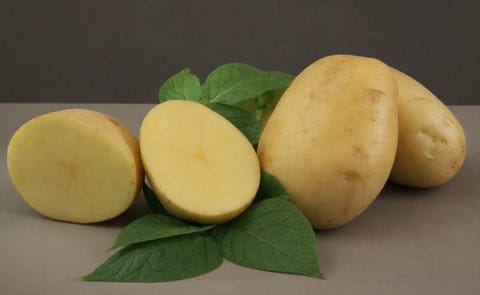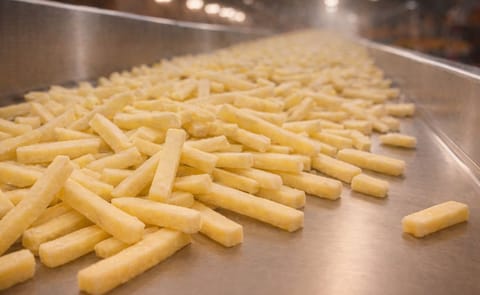"Previous studies have shown that higher potassium consumption may lower blood pressure. But whether potassium intake could prevent stroke or death wasn't clear," said senior author Sylvia Wassertheil-Smoller, Ph.D., distinguished university professor emerita of epidemiology & population health and principal investigator of the WHI at Einstein.
"Our findings give women another reason to eat their fruits and vegetables. They're good sources of potassium, and potassium not only lowers postmenopausal women's risk of stroke, but also of death."
Researchers studied 90,137 postmenopausal women, ages 50 to 79, for an average of 11 years. They looked at how much potassium the women consumed, as well as if they had strokes, including ischemic and hemorrhagic strokes, or died during the study period. Women in the study were stroke-free at the start and their average dietary potassium intake was 2,611 mg/day—significantly below the U.S. Department of Agriculture (USDA) current recommendation that women (and men) eat at least 4,700 mg of potassium daily. Results of this study are based on potassium from food, not supplements. The researchers found that women who ate the most potassium were 12 percent less likely to suffer stroke in general and 16 percent less likely to suffer an ischemic stroke (i.e., stroke caused by blood clot) than women who ate the least. Additionally, women who ate the most potassium were 10 percent less likely to die from any cause than those who ate the least.
Among women who did not have hypertension (their blood pressure was normal and they were not on any medications for high blood pressure), those who ate the most potassium had a 27 percent lower ischemic stroke risk and 21 percent reduced risk for all stroke types, compared to women who ate the least potassium in their daily diets. Among women with hypertension (their blood pressure was high or they were taking drugs for high blood pressure), those who ate the most potassium had a lower risk of death; but potassium intake did not lower their stroke risk beyond the benefit gained from taking their high-blood pressure drugs.
The results suggest that higher dietary potassium intake may be more beneficial before high blood pressure develops. The study found no evidence of any association between potassium intake and hemorrhagic stroke (i.e., stroke caused by bleeding in the brain), which could be related to the low number of hemorrhagic strokes in the study.
"Only 2.8 percent of women in our study met or exceeded the USDA's recommended intake of 4,700 mg of potassium daily," said Wassertheil-Smoller. "The World Health Organization's daily potassium recommendation for women is lower, at 3,510 mg or more. Still, only 16.6 percent of women we studied met or exceeded that. Our findings suggest that women need to eat more potassium-rich foods. Some foods high in potassium include white and sweet potatoes, leafy green vegetables such as spinach and kale, white beans and bananas. But you won't find high potassium in junk food." The very small minority of people with kidney disease may have too much potassium in their blood, and a diet high in potassium may make the situation worse. (Too much potassium in blood can be dangerous to the heart.) "But for most people," said Dr. Wassertheil-Smoller, "adopting a diet that boosts potassium intake to recommended levels is a good idea and poses virtually no risk of potassium overload." That's because the kidneys normally tightly control how much potassium the body needs and excrete the excess.
The study was observational and included only postmenopausal women. Also, the balance between sodium and potassium intake is potentially important for health, but the study did not examine sodium intake. Researchers said more studies are needed to determine whether potassium has the same effects on men and younger people.
The study is titled "Potassium intake and risk of stroke in hypertensive and non-hypertensive women in the Women's Health Initiative."
The WHI is sponsored by the National Heart, Lung, and Blood Institute (NHLBI) of the National Institutes of Health.
How do we boost our potassium intake?
Source: Excerpt from The Doctor's Tablet BlogMost people know that bananas are rich in potassium. A medium banana contains 422 mg of potassium. But you’d have to eat about 11 bananas a day to reach USDA recommendations. Hardly likely or advisable. A McDonald’s Big Mac has 396 mg, but you’d have to eat about 12 each day to reach the recommended potassium intake—while taking in about 7,000 calories and nearly 13,000 mg of sodium. Also not a viable option.
Fortunately, there are many potassium-rich foods that are good for you. If you’re selective, it’s not hard to get adequate amounts.
Here’s a quick rundown:
- 1 baked potato: 926 mg
- 1 cup spinach: 839 mg
- 4 oz. dried apricots: 755 mg
- 6 oz. farmed salmon: 652 mg
- 4 oz. raisins: 598 mg
- 1 banana: 422 mg
- 6 oz. yogurt: 382 mg
- 6 oz. orange juice: 372 mg
- 8 oz. raisin bran cereal: 362 mg
Putting it all together: If you ate one banana (422 mg), a six-ounce container of yogurt (382 mg) and a six-ounce glass of orange juice (372 mg) for breakfast, then six ounces of farmed salmon (652 mg), a cup of cooked spinach (839 mg) and a baked potato (926 mg) for dinner, and snacked on a half-cup of raisins (598 mg) and a half-cup of dried apricots (755 mg), you’d have an intake of 4,946 mg—and that’s not even counting lunch. In general, fruits and vegetables are good sources of potassium, as are milk and dairy products.
Check the potassium content of commonly consumed foods.










